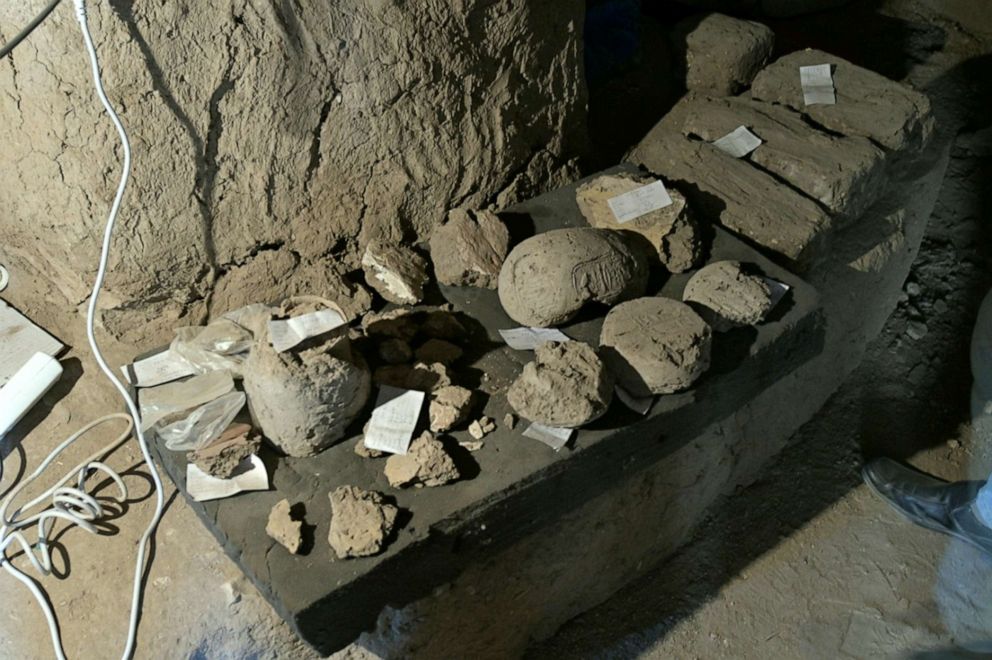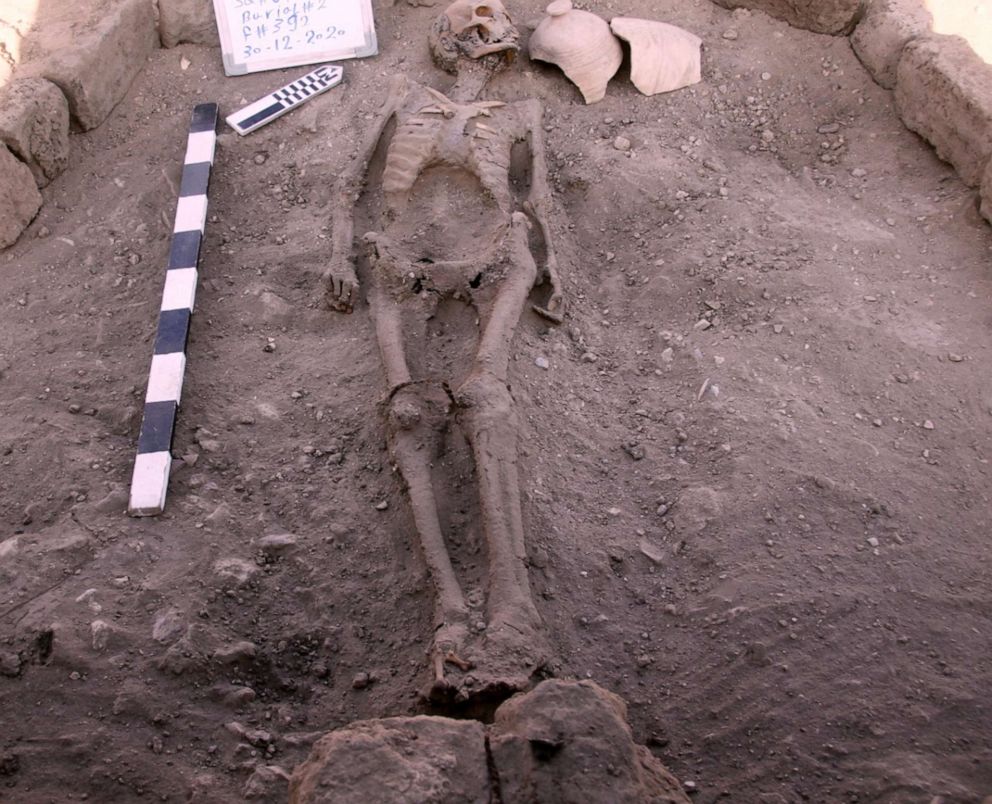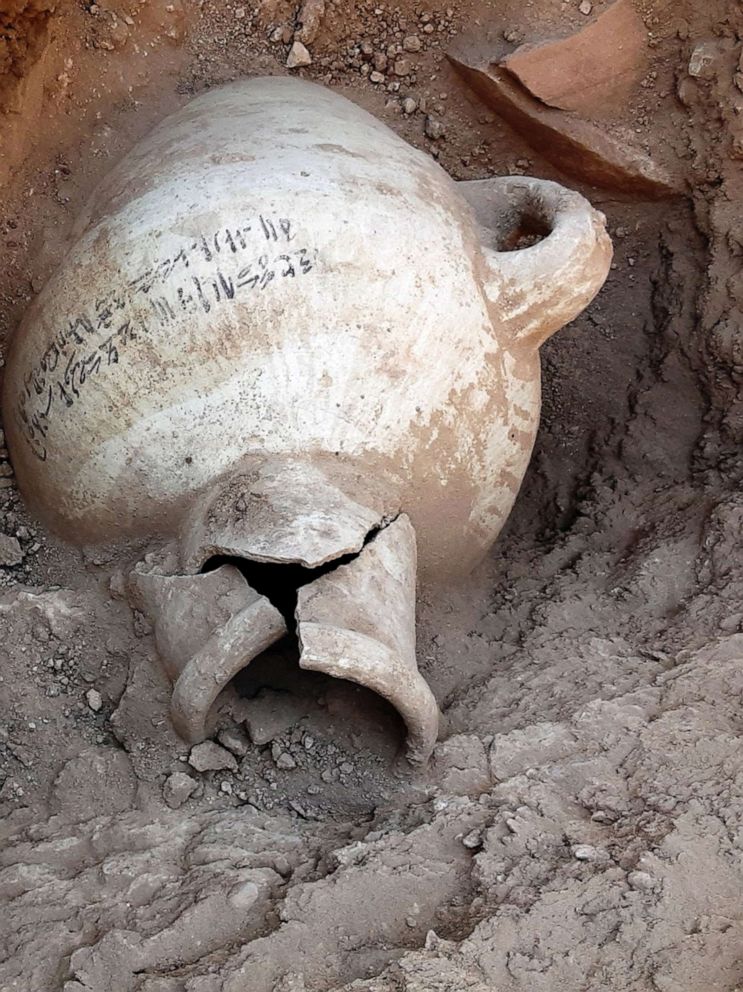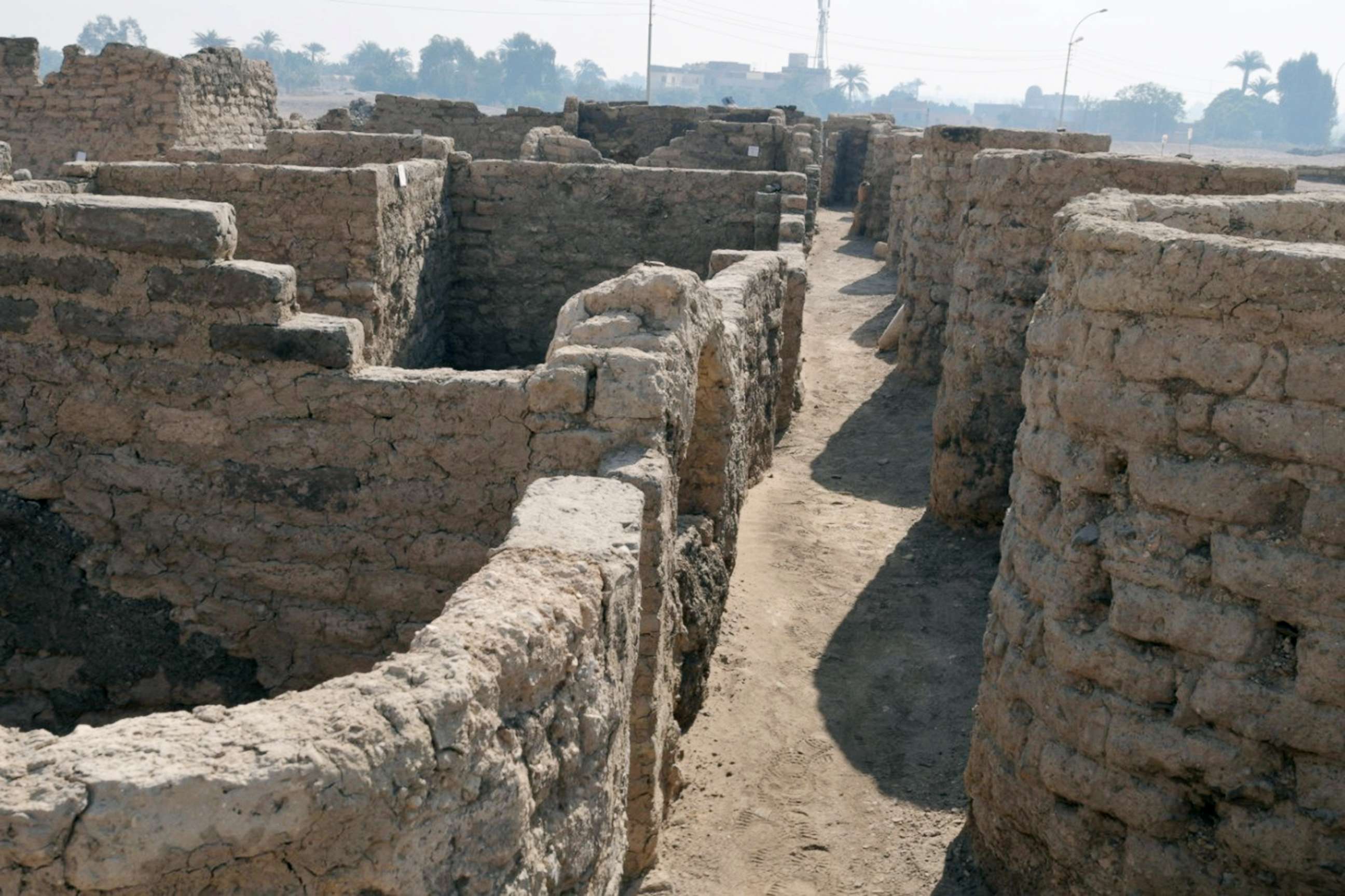3,000-year-old 'Lost Golden City' unearthed in Egypt's Luxor
It was described as the biggest archaeological discovery since King Tut's tomb.
Egypt announced on Thursday the discovery of what it termed the "Lost Golden City" in the southern province of Luxor, with one U.S.-based egyptologist describing the find as the biggest archaeological discovery since Tutankhamun's tomb nearly a century ago.

A mission led by Egypt's former antiquities chief Zahi Hawass unearthed "several areas or neighborhoods" of the 3,000-year-old city after seven months of excavation.
The mission's original target was to find a mortuary temple of King Tut, whose tomb was discovered in Luxor's Valley of the Kings in 1922, but they instead excavated parts of an entire city.

The city, which Hawass also called "The Rise of Aten," dates back to the era of 18th-dynasty king Amenhotep III, who ruled Egypt from 1391 till 1353 B.C.
"The excavation started in September 2020 and within weeks, to the team's great surprise, formations of mud bricks began to appear in all directions," Egypt's antiquities ministry said in a statement.
"What they unearthed was the site of a large city in a good condition of preservation, with almost complete walls, and with rooms filled with tools of daily life."
The southern part of the city includes a bakery, ovens and storage pottery while the northern part, most of which remain under the sands, comprises administrative and residential districts, the ministry added.
"It was the largest administrative and industrial settlement in the era of the Egyptian empire on the western bank of Luxor," Hawass said.

"The city's streets are flanked by houses," with some walls up to 3 meter high, Hawass also said.
Hawass said the city was still active during Amenhotep III's co-regency with his son, Akhenaten, but that the latter eventually abandoned it when he took the throne. Akhenaten then founded Amarna, a new capital in the modern-day province of Minya, some 250 km south of Cairo and 400 km north of Luxor.
Betsy Brian, professor of egyptology at Johns Hopkins University in Baltimore, said the finding's importance is only second to the earth-shattering discovery of King Tut's tomb.
"The discovery of the Lost City, not only will give us a rare glimpse into the life of the Ancient Egyptians at the time where the Empire was at its wealthiest but will help us shed light on one of history's greatest mystery: why did Akhenaten and Nefertiti decide to move to Amarna," Brian added.

Egypt has made a string of major discoveries over the past few years as it hopes to revive its vital tourism industry, which was badly hit by two uprisings and the COVID-19 pandemic.
The country held a glitzy parade to move 22 mummies to a newly inaugurated museum in Cairo on Saturday and is preparing to open the Grand Egyptian Museum near the Giza Pyramids later this year.
Egypt says GEM will be the biggest museum in the world dedicated to a single civilization.




